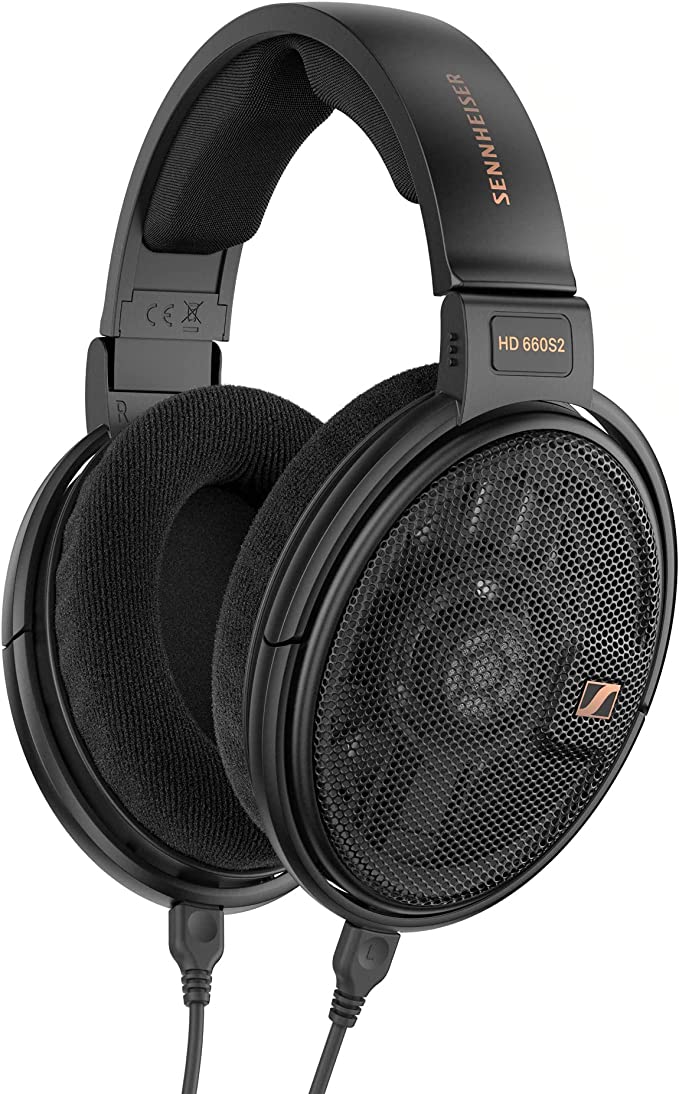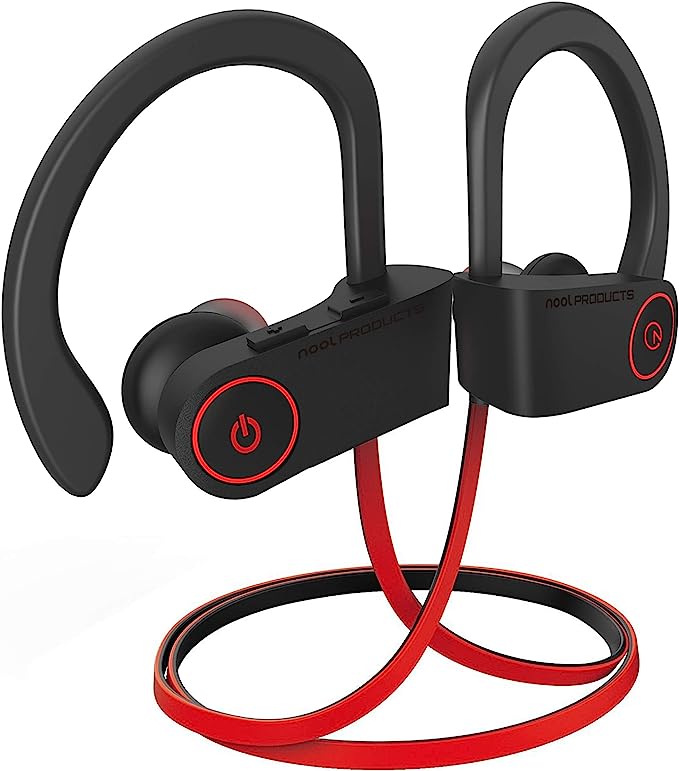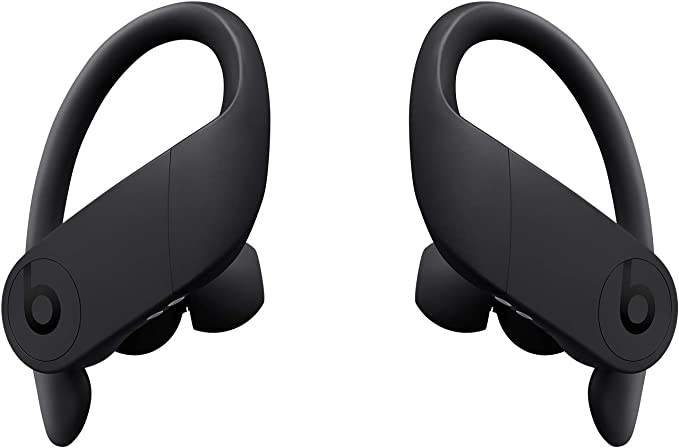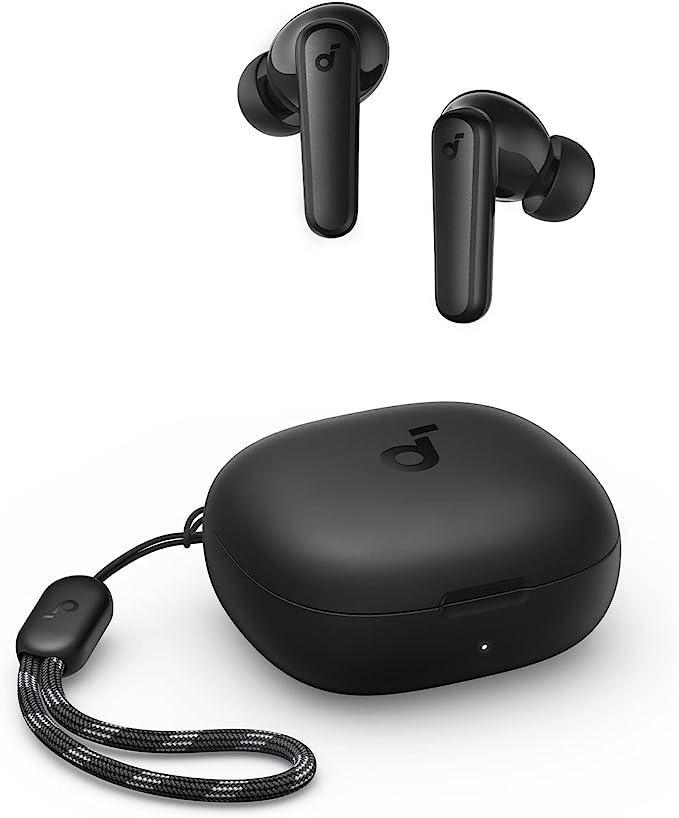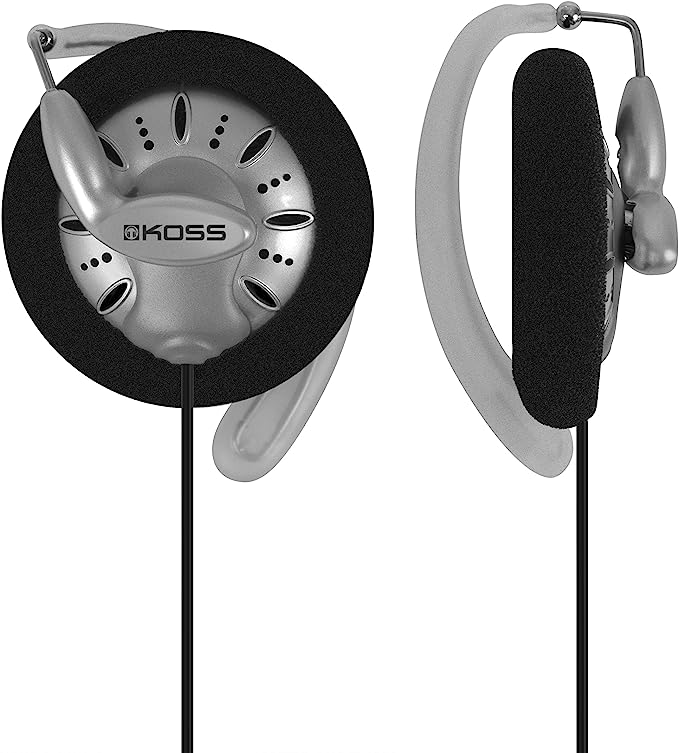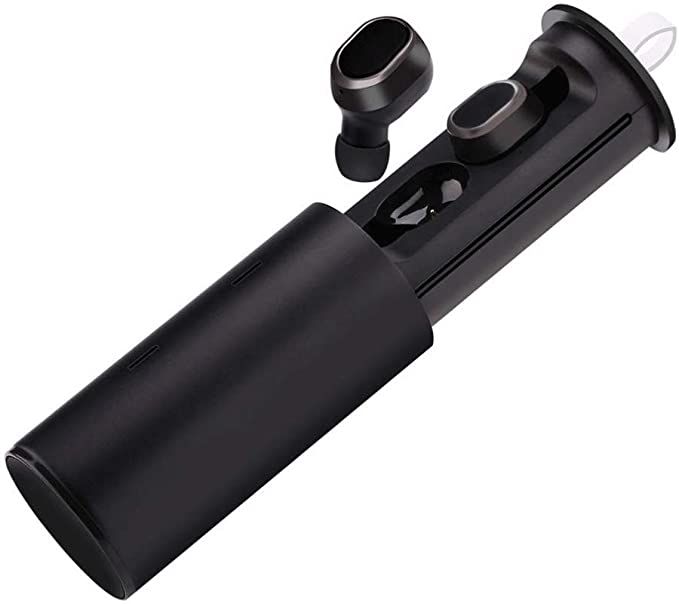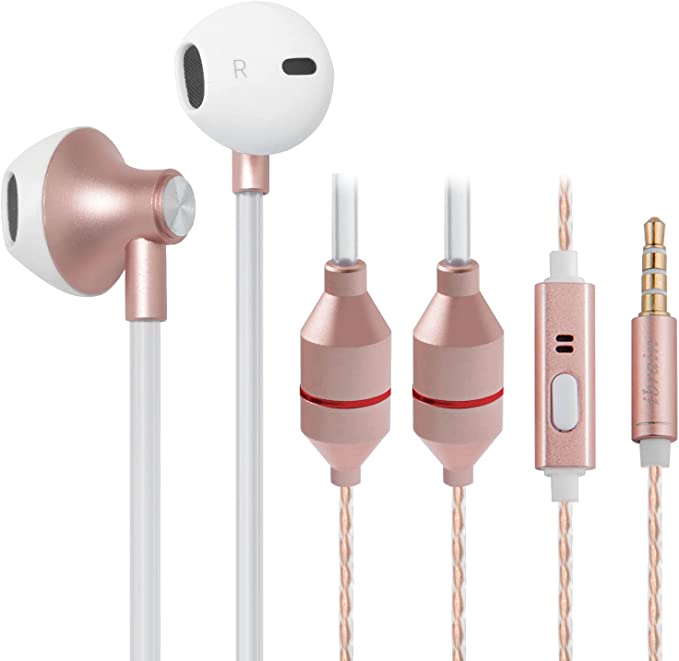The Physics of Honest Audio: Deconstructing the Semi-Open Acoustics and High-Impedance Mechanics of the DT 880 Pro
Update on Nov. 22, 2025, 5:23 p.m.
Part 1: The Legend of the Studio: Introducing the beyerdynamic DT 880 Pro
A Glimpse into the World of Audio Engineering
Imagine walking into a professional recording studio. The air hums with the low-level buzz of electronic equipment, and a sense of focused creativity permeates the room. Amidst the complex array of mixers, monitors, and instruments, you’ll likely spot a ubiquitous piece of gear: a pair of over-ear headphones. For countless audio engineers, musicians, and producers, these aren’t just any headphones; they’re a trusted tool that plays a crucial role in shaping the sound we ultimately hear. Among the many options available, the beyerdynamic DT 880 Pro holds a particularly esteemed position, earning its moniker as a true “studio classic.”

Why the DT 880 Pro? Setting the Stage
So, what is it about the beyerdynamic DT 880 Pro that has cemented its place in the demanding world of professional audio? It’s a confluence of factors, each rooted in thoughtful engineering and a deep understanding of the needs of audio professionals. This article will delve into the science behind this iconic headphone, exploring the principles of its design, the characteristics of its sound, and the reasons why it continues to be a go-to choice for critical listening, even in today’s rapidly evolving audio landscape. Join us as we unravel the secrets behind the studio legend that is the beyerdynamic DT 880 Pro.

Part 2: Decoding the Design: The Science of Semi-Open Acoustics
The Ear’s Natural Environment: Open vs. Closed vs. Semi-Open
To truly appreciate the design of the DT 880 Pro, it’s helpful to understand the basic categories of headphone acoustics: open-back, closed-back, and the hybrid approach of semi-open. Think of your ears in their natural state – they’re open to the environment, allowing sound waves to interact with them freely. Open-back headphones aim to mimic this natural openness, allowing air to move freely through the earcups. This typically results in a very spacious and natural soundstage, but at the cost of sound isolation – both sound from the headphones leaks out, and external noise leaks in. Closed-back headphones, on the other hand, feature sealed earcups, providing excellent isolation from external noise and preventing sound leakage. This makes them ideal for recording situations or noisy environments, but the sealed nature can sometimes lead to a less natural and more ‘boxed-in’ sound.
Engineering the Balance: How Semi-Open Achieves Spaciousness and Clarity
The beyerdynamic DT 880 Pro cleverly navigates these trade-offs with its semi-open design. These headphones feature earcups that are partially sealed, incorporating vents or openings that allow for some degree of airflow. This design choice seeks to capture the benefits of both open and closed-back approaches. The partial openness allows for a more spacious and airy soundstage compared to closed-back headphones, contributing to a more natural and three-dimensional listening experience. At the same time, the partial sealing provides a degree of isolation, reducing sound leakage and the intrusion of moderate external noise. This balance makes semi-open headphones like the DT 880 Pro particularly well-suited for studio monitoring, where a natural soundstage is crucial for accurate mixing decisions, but some isolation is still desirable.
Real-World Benefits for Professionals and Audiophiles
For audio engineers, this semi-open design translates to a more accurate perception of the spatial relationships between different elements in a mix. They can better discern the placement of instruments in the stereo field and judge the depth of the soundstage. For discerning music enthusiasts, the result is a more immersive and detailed listening experience, allowing them to appreciate the nuances and subtleties of their favorite tracks. The controlled sound leakage also means that while those nearby might hear some faint sound, it’s generally less obtrusive than with fully open-back headphones, offering a degree of privacy without sacrificing sonic openness.

Part 3: The Sound Under the Microscope: Exploring Analytical Precision
What Does “Analytical Sound” Really Mean? A Deep Dive
The beyerdynamic DT 880 Pro is often lauded for its “analytical” sound. But what exactly does this term imply in the context of headphones? Think of it like a high-powered microscope for your ears. Analytical sound refers to a headphone’s ability to reproduce audio with exceptional detail, clarity, and accuracy, without adding any significant coloration or emphasis to specific frequencies. It’s about presenting the sound as it truly is, allowing you to dissect every element and nuance within the audio signal.
The Flat Frequency Response: A Neutral Canvas for Audio Creation
The key to achieving this analytical sound lies in the DT 880 Pro’s relatively flat frequency response. Imagine a painter’s canvas – ideally, it should be a neutral surface that doesn’t alter the colors the artist applies. Similarly, headphones with a flat frequency response aim to reproduce all audible frequencies – from the deepest bass notes to the highest treble tones – with equal emphasis. This neutrality is paramount for critical listening applications like mixing and mastering. Audio engineers rely on this accurate representation to make precise adjustments to the balance, equalization (EQ), and dynamics of their recordings. If a headphone artificially boosts the bass, for instance, an engineer might underestimate the low-end content in their mix, leading to a final product that sounds thin on other playback systems. The DT 880 Pro’s commitment to a flat response provides a reliable sonic “canvas” for making these crucial decisions.

Hearing Every Nuance: The Importance for Mixing and Mastering
In the intricate process of mixing, where multiple audio tracks are combined and balanced, the DT 880 Pro’s analytical nature allows engineers to pinpoint and address even the smallest sonic imperfections. They can clearly hear subtle clicks, pops, or unwanted resonances that might be masked by less revealing headphones. Similarly, during mastering, the final stage of audio production where the overall level and sonic characteristics of a recording are refined, the accuracy of the DT 880 Pro ensures that engineers can make precise adjustments to achieve the desired loudness and tonal balance across different playback platforms. This level of detail retrieval is not just beneficial for professionals; discerning listeners who want to truly appreciate the intricacies of a well-recorded piece of music will also find the DT 880 Pro’s analytical sound incredibly rewarding.

Part 4: Engineered for Comfort: The Human Side of Studio Work
Beyond Sound Quality: The Significance of Long-Term Comfort
While accurate sound reproduction is undoubtedly the primary concern for studio headphones, comfort plays an equally vital role, especially for professionals who spend countless hours wearing them. Imagine trying to make critical mixing decisions while your ears are aching or your head feels clamped. It’s simply not conducive to focused work. Beyerdynamic understands this crucial aspect, and the DT 880 Pro is thoughtfully engineered for long-wearing comfort.
Material Choices: Velour and the Science of Ergonomics
One of the key contributors to the DT 880 Pro’s comfort is the choice of materials for the earpads and headband. The earpads are typically made of soft, plush velour, a fabric known for its breathability and gentle feel against the skin. This is important because prolonged contact with synthetic materials can lead to heat buildup and discomfort. Velour helps to wick away moisture and allows for better airflow, keeping your ears cooler and more comfortable during extended listening sessions. The headband is also generously padded and adjustable, allowing users to find a secure yet comfortable fit for various head sizes. The clamping force is carefully calibrated to provide a stable fit without causing excessive pressure, a delicate balance crucial for preventing fatigue.
Design for Durability: Built to Withstand the Rigors of the Studio
The studio environment can be demanding on equipment, with headphones often being taken on and off frequently and subjected to daily wear and tear. The DT 880 Pro is designed with this in mind, featuring a robust construction that can withstand the rigors of professional use. The headband is made of sturdy spring steel, providing both flexibility and durability. The earcups and other components are made of high-quality plastics engineered to be resilient. Furthermore, the fact that many parts, including the earpads and headband padding, are replaceable significantly extends the lifespan of the headphones, making them a worthwhile investment for long-term use in the studio or for dedicated listening at home. This focus on durability not only saves users money in the long run but also contributes to a more sustainable approach to audio equipment.

Part 5: Powering the Performance: Understanding 250 Ohms Impedance
The Role of Impedance: Matching Headphones and Amplifiers
One of the technical specifications often associated with the beyerdynamic DT 880 Pro is its 250-ohm impedance. Impedance, measured in ohms (Ω), is essentially the electrical resistance that a headphone presents to an audio signal. It plays a crucial role in how efficiently the headphones can be driven by an amplifier. Think of it like the water resistance in a pipe – a higher resistance requires more pressure (voltage) to achieve the same flow (current). Similarly, higher impedance headphones like the DT 880 Pro require a higher voltage from the amplifier to deliver sufficient volume and optimal sound quality.
Unlocking the Full Potential: Why Proper Amplification Matters
While you might be able to plug the DT 880 Pro directly into a smartphone or a basic computer headphone jack and get some sound, you’re unlikely to experience its full potential without proper amplification. The higher voltage output of a dedicated headphone amplifier or a professional audio interface is needed to drive the 250-ohm transducers in the DT 880 Pro effectively. This proper matching ensures that the amplifier can deliver enough power to the headphones without distorting the signal, resulting in a cleaner, more detailed, and more dynamic sound.
Benefits for Signal Clarity and Dynamic Range
One of the advantages of higher impedance headphones, when paired with a suitable amplifier, is their ability to handle a wider dynamic range. Dynamic range refers to the difference between the quietest and loudest sounds in a recording. Higher impedance headphones are often less prone to distortion at higher volumes and can better reproduce subtle nuances and transients in the audio signal. This contributes to the DT 880 Pro’s renowned clarity and ability to reveal fine details in a mix. For audio engineers, this is essential for making precise adjustments to levels and dynamics. For audiophiles, it translates to a more immersive and engaging listening experience, allowing them to appreciate the full emotional impact of the music.
Part 6: The Full Spectrum: Exploring the Wide Frequency Response
More Than Just Hearing: Capturing the Full Audible Landscape
The beyerdynamic DT 880 Pro boasts a wide frequency response of 5 to 35,000 Hz. The generally accepted range of human hearing is typically cited as 20 Hz to 20,000 Hz. So, why the extra range in the DT 880 Pro? While we may not consciously perceive frequencies beyond this range, the ability of a headphone to reproduce them accurately can have subtle yet important effects on the overall sound quality.
The Impact on Detail and Spatial Imaging
The extended low-frequency response (down to 5 Hz) allows the DT 880 Pro to reproduce the deep rumble and sub-bass frequencies found in many modern recordings, providing a solid foundation to the sound. The extended high-frequency response (up to 35,000 Hz) contributes to the headphone’s ability to capture delicate high-frequency details and transients, which are crucial for accurate spatial imaging and the perception of airiness in a recording. Think of the subtle shimmer of cymbals or the delicate decay of a reverb tail – these are often found in the higher frequencies, and the DT 880 Pro’s wide response ensures they are reproduced with clarity and precision.
Beyond the Human Ear: Implications for Audio Production
While humans may not directly “hear” frequencies beyond the standard range, these extended frequencies can still interact with the audible range, influencing our perception of the sound. In audio production, having headphones that can reproduce these extended frequencies accurately can be beneficial for tasks like identifying and eliminating unwanted low-frequency rumble or ensuring the high-end clarity of a mix translates well across different playback systems. The wide frequency response of the DT 880 Pro contributes to its reputation as a reliable tool for critical listening and audio analysis, ensuring that engineers are hearing the full picture of the audio they are working with.
Part 7: A Timeless Tool: The DT 880 Pro’s Enduring Legacy
From Humble Beginnings to Studio Standard
The beyerdynamic company has a rich history in audio, dating back to 1924 in Berlin. Initially focused on cinema loudspeakers, they quickly transitioned to headphones, releasing their first model, the DT 48, in 1937. This early foray into headphone technology laid the groundwork for future innovations. The DT series, of which the DT 880 Pro is a part, has evolved over decades, consistently earning the trust of audio professionals worldwide. The DT 880, in its various iterations, has become a staple in countless recording studios and broadcast facilities, a testament to its consistent performance and reliability. Its journey reflects the evolution of audio engineering itself, adapting to new technologies while retaining its core sonic characteristics that professionals have come to rely on.
Stories from the Field: How Professionals Rely on the DT 880 Pro
Ask any seasoned audio engineer, and they likely have a story involving a pair of DT 880s. Their reputation for accurate sound reproduction makes them invaluable during critical listening phases of audio production. Imagine a mixing session where subtle details in the reverb tail or the balance between instruments need to be precisely adjusted. The analytical nature of the DT 880 Pro allows engineers to dissect the audio with confidence, making minute changes that ultimately elevate the final product. From tracking delicate vocal performances to ensuring the low-end punch in a rock mix is just right, the DT 880 Pro serves as a trusted companion. Their comfortable design also means that engineers can spend hours in front of the console without experiencing undue fatigue, a crucial factor in demanding studio environments.
Looking to the Future: The DT 880 Pro in the Evolving Audio World
In a rapidly changing technological landscape, where wireless and noise-canceling headphones often dominate the consumer market, the wired and semi-open design of the DT 880 Pro might seem like a relic of the past to some. However, in the professional audio world, its fundamental strengths remain highly relevant. The need for accurate, uncolored sound for critical monitoring and mixing is timeless. While technology continues to advance, the core principles of audio engineering and the human ear’s perception of sound remain constant. The DT 880 Pro, with its proven track record and adherence to these principles, is likely to maintain its position as a valuable tool for audio professionals for years to come. Its design philosophy emphasizes function over fleeting trends, ensuring its continued relevance in the pursuit of sonic excellence.
Conclusion: The Science of a Studio Icon
The beyerdynamic DT 880 Pro isn’t just a pair of headphones; it’s a carefully engineered instrument built on a foundation of sound science and decades of expertise. From its semi-open acoustic design that balances spaciousness with clarity, to its analytical sound signature that provides unwavering accuracy, every aspect of the DT 880 Pro is designed with the needs of audio professionals in mind. Its comfortable and durable construction ensures it can withstand the rigors of daily studio use, while its high impedance is a deliberate choice to optimize performance with professional audio equipment. The wide frequency response allows for the faithful reproduction of the entire audible spectrum, making it an indispensable tool for critical listening. The enduring legacy of the DT 880 Pro is a testament to beyerdynamic’s commitment to quality and innovation, solidifying its place as a true icon in the world of audio engineering.
